The vast expanse of outer space seems endless, filled with countless celestial objects. For centuries, scientists have classified these objects into various categories. However, a team of researchers has now discovered something at the center of the Milky Way galaxy that defies these classifications. This unique object, unlike anything seen before, is detailed in the Astrophysical Journal Letters.
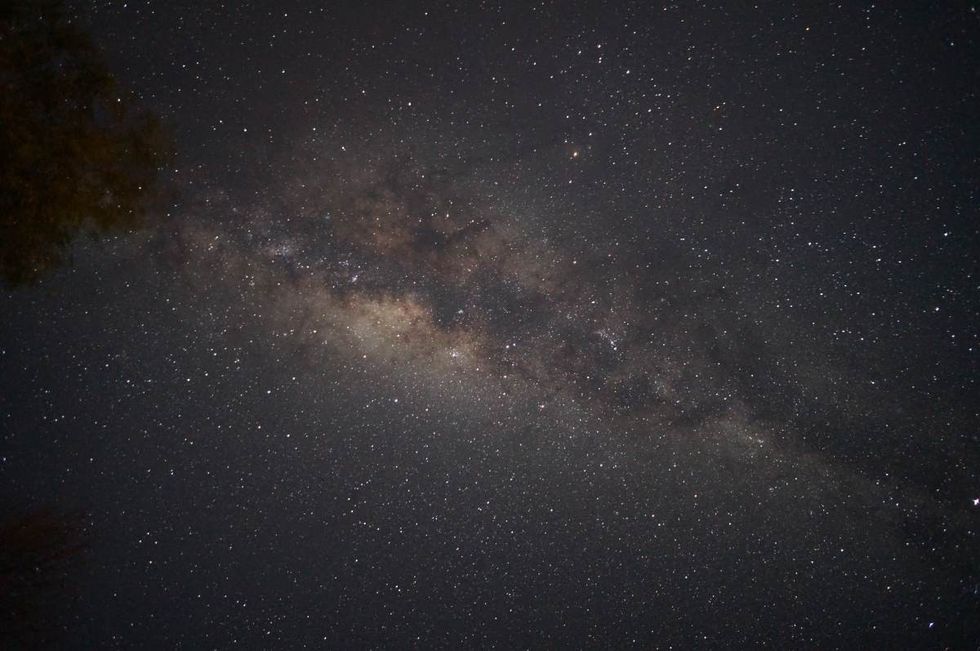
The center of the Milky Way is teeming with billions of stars, vast clouds of gas, a supermassive black hole, forming stars, and an extensive graveyard of stellar remnants. This made it a prime location for discovering new astronomical objects. However, what they found left them stunned.
The mysterious object was first detected when the researchers observed the central molecular zone (CMZ), a special area in the Galactic Center known for its dense gas and star-forming regions. The object was found to be bubbling with cold dust and fast-moving gas traveling nearly 112,000 miles per hour from a tiny area in the heart of our galaxy, as per Daily Express. The gas temperature around the object was recorded at -436 degrees Fahrenheit, significantly colder than typically observed in this region of the galaxy. Another strange behavior that the object depicted was that it was emitting only microwaves.
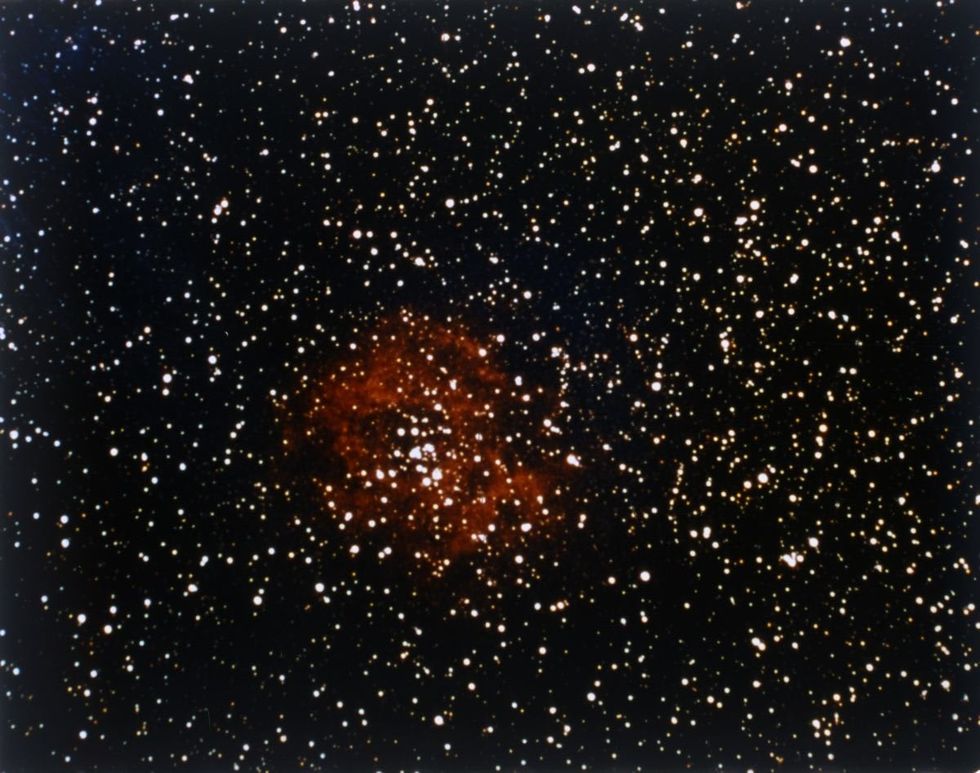
To understand the object, they compared it with previously known astronomical objects such as a supernova or an evolved star. However, this object didn’t match the properties of any of the known celestial bodies. The team labeled the object “Millimeter Ultra Broad Line Object" (MUBLO).
The “whatsit” was located with the help of the Atacama Large Millimeter/Submillimeter Array (ALMA) interferometer in the ALMA Observatory in Chile, renowned for its high-resolution imaging capabilities. This array utilizes as many as 66 telescopes to detect the sources of electromagnetic radiation emanating from space at millimeter and submillimeter wavelengths.
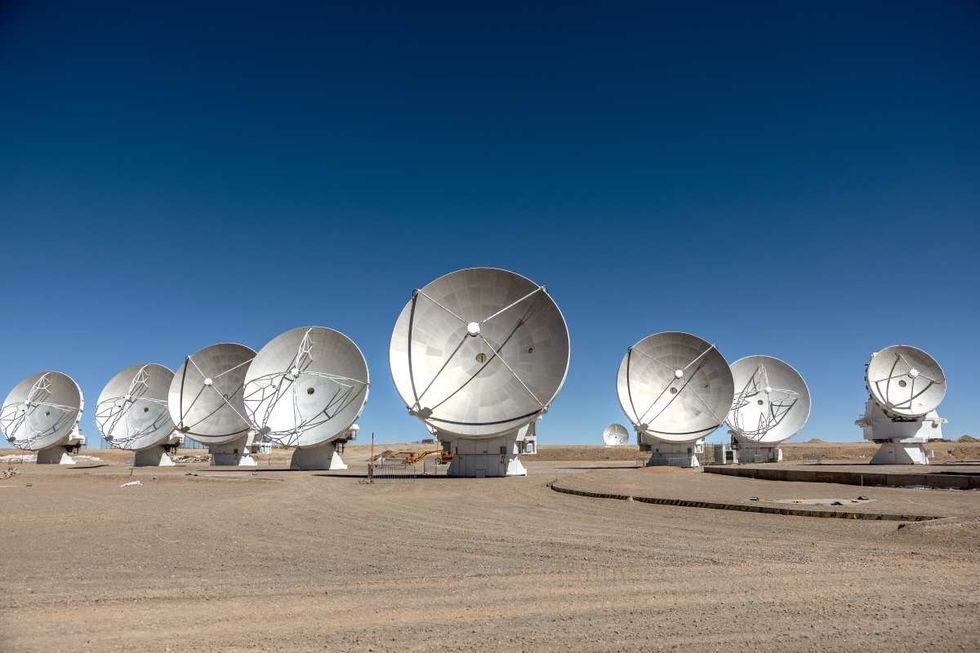
While investigating the Galactic Center, the researchers stumbled upon radiation emerging from a source they called “G0.02467–0.0727.” To classify the object, they pored through the properties of the known range of astronomical objects but figured out that none of these matched the weird object they had found. Considering the dust mass, the researchers concluded that the energy in the gas was very high. They called it “weird dust.” Since they didn’t know whether the dust was protostellar, they thought it could be the dust from a supernova. But the object’s properties indicated otherwise.
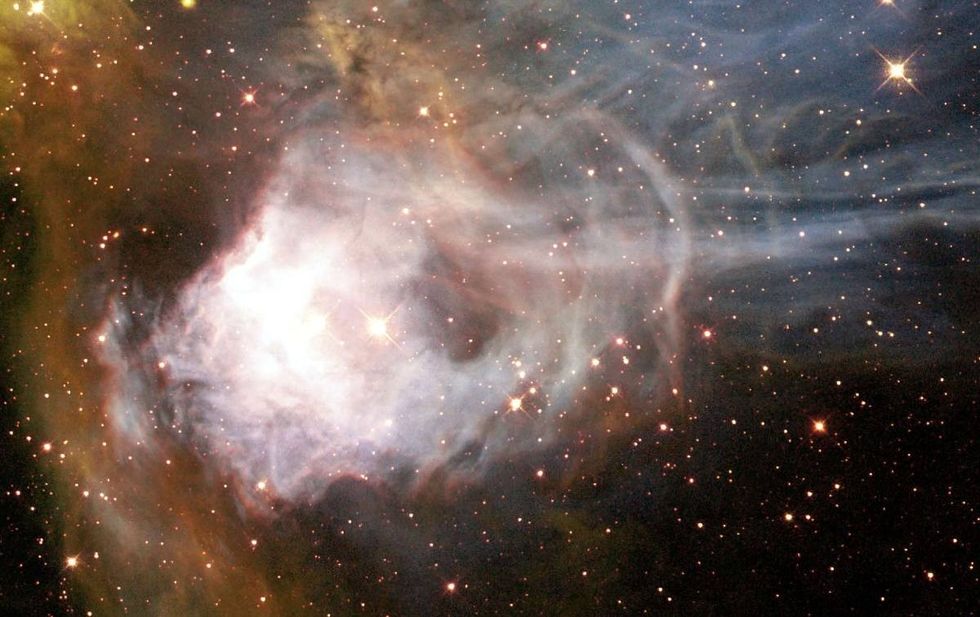
“We have demonstrated the existence of a dusty, broad-linewidth source that is detected only at millimeter wavelengths. Given this limited information, we now attempt to classify the object. We consider many options,” the researchers wrote in the study. “Plausible mechanisms include protostellar outflow, explosive outflow, protostellar inflow, ejecta from an evolved star, planetary nebula, stellar collision, high-velocity compact cloud (HVCC), intermediate-mass black hole (IMBH), galaxy, or supernova. We evaluate each of these hypotheses in the following sections, but find that none satisfactorily explain the data.”
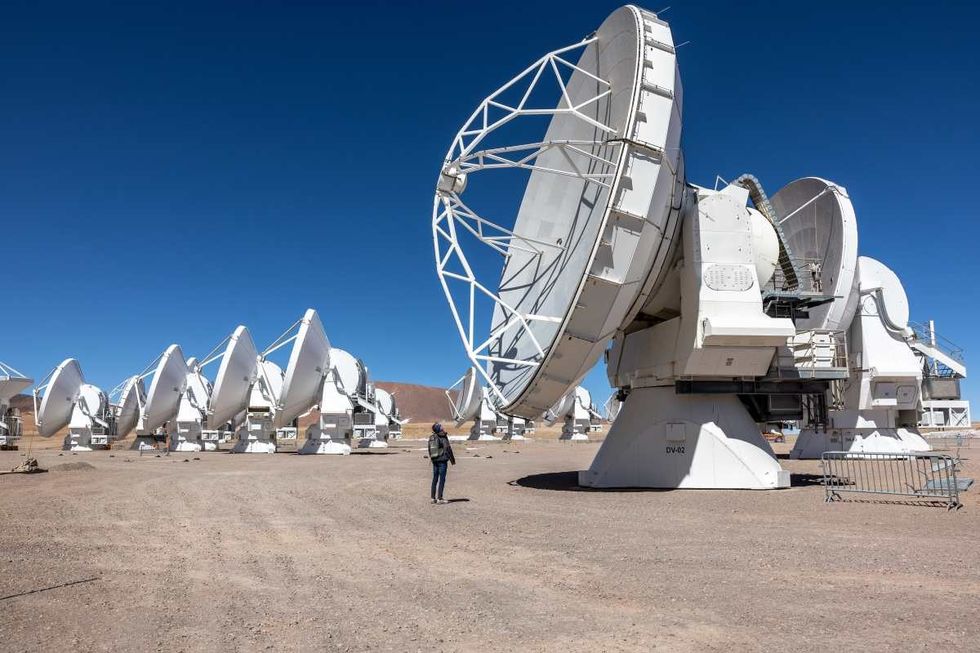
They also considered the phenomenon of star formation which is prevalent in the Galactic Center. Star-forming regions are also naturally dust and molecule-rich. They also worked on the hypothesis that the object could be some sort of an "evolved star,” such as an asymptotic giant branch or red supergiant star with an extreme wind. But since this object lacked an infrared source, it couldn’t be similar to these stars.
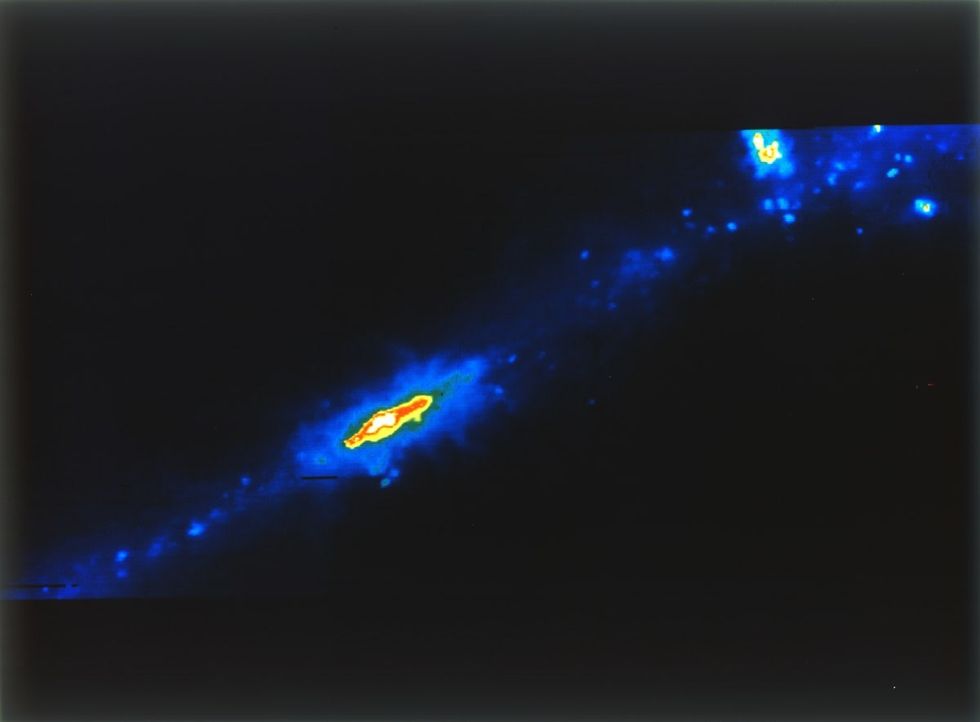
But there could be another possibility. The researchers further contemplated the possibility that it could be such a star and it was hidden beneath a dense burst of dust like that of Betelguese’s Great Dimming. But then they sought that the high column density required for this mechanism to completely block the star’s infrared light would still make the MUBLO unique.
As to whether the object could be a planetary nebula, it was quite unlikely, as there was no sign of ionized gas. The chemistry of the object also proved against it being either a black hole or a background galaxy. After analyzing all the possible classifications for this object, they wrapped up their research, writing, “Future mid-infrared and millimeter observations will be needed to determine what this object is.” The team declared that "MUBLO is, at present, an observationally unique object." The object is a metaphor that points to the fact that there are still many mysteries that lurk in the chasm of outer space, waiting to be unfurled.




















 Music isn't just good for social bonding.Photo credit: Canva
Music isn't just good for social bonding.Photo credit: Canva Our genes may influence our love of music more than we realize.Photo credit: Canva
Our genes may influence our love of music more than we realize.Photo credit: Canva
 Great White Sharks GIF by Shark Week
Great White Sharks GIF by Shark Week

 Blue Ghost Mission 1 - Sunset Panorama GlowPhoto credit:
Blue Ghost Mission 1 - Sunset Panorama GlowPhoto credit: 
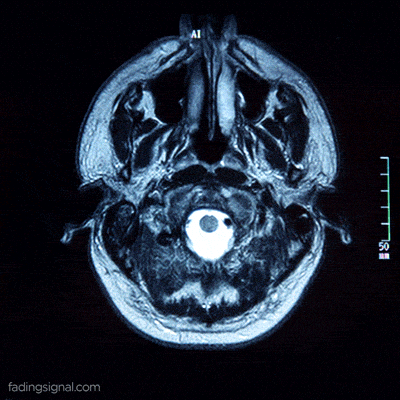 medical school brain GIF
medical school brain GIF woman leaning on man's shoulder
Photo by
woman leaning on man's shoulder
Photo by 
 Ripe bananas
Ripe bananas How we treat produce could be changing for the better.
How we treat produce could be changing for the better.